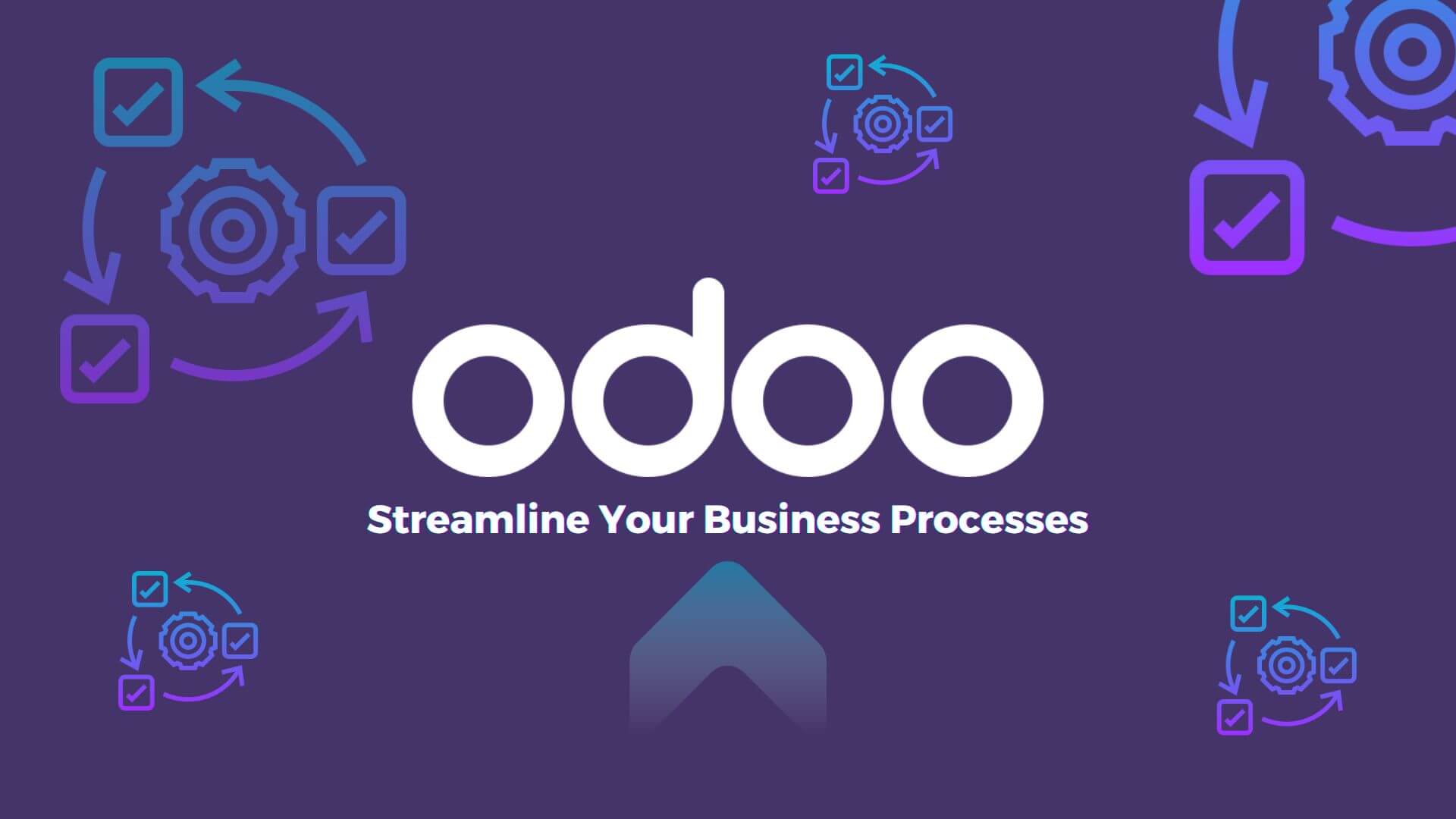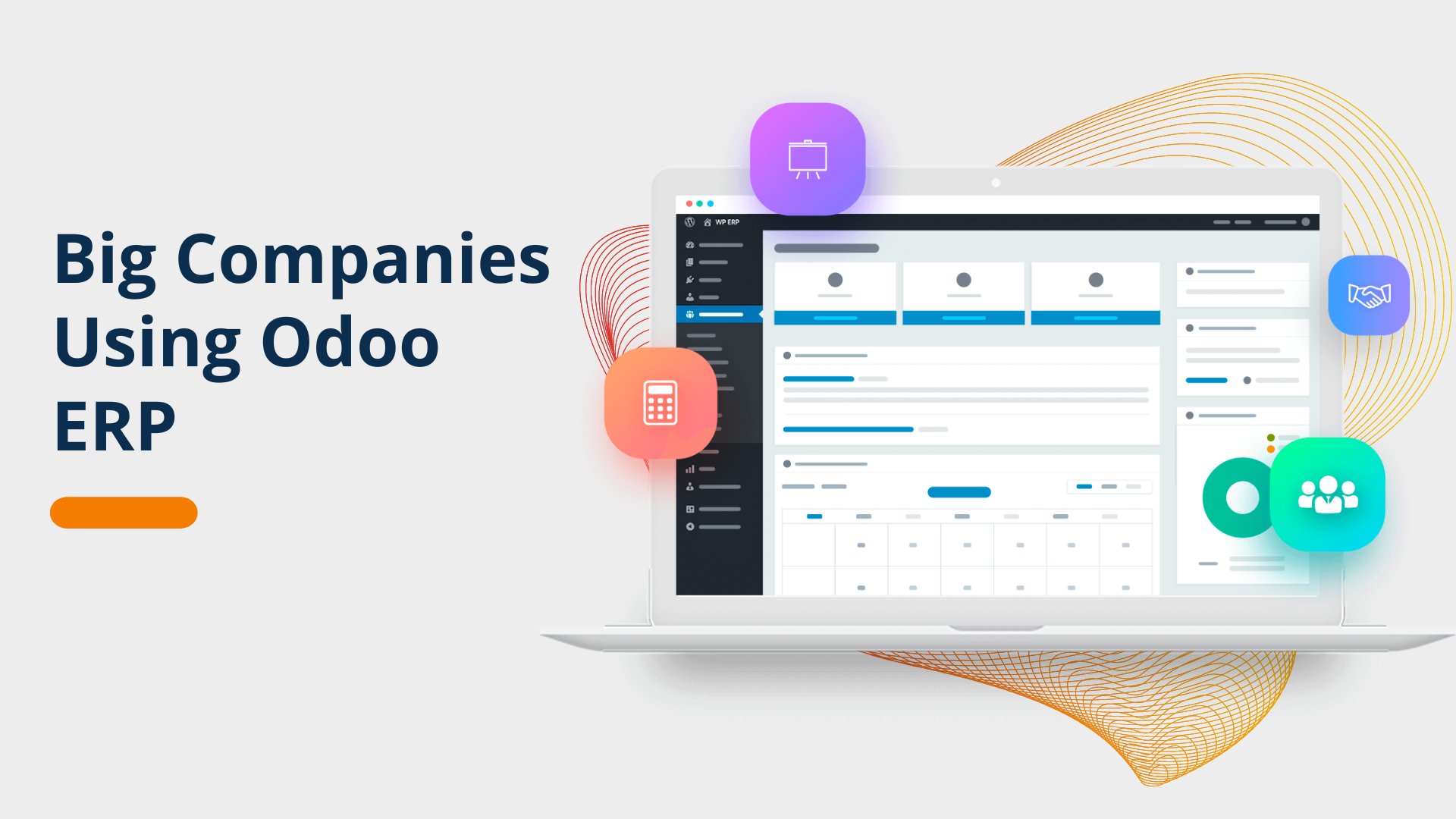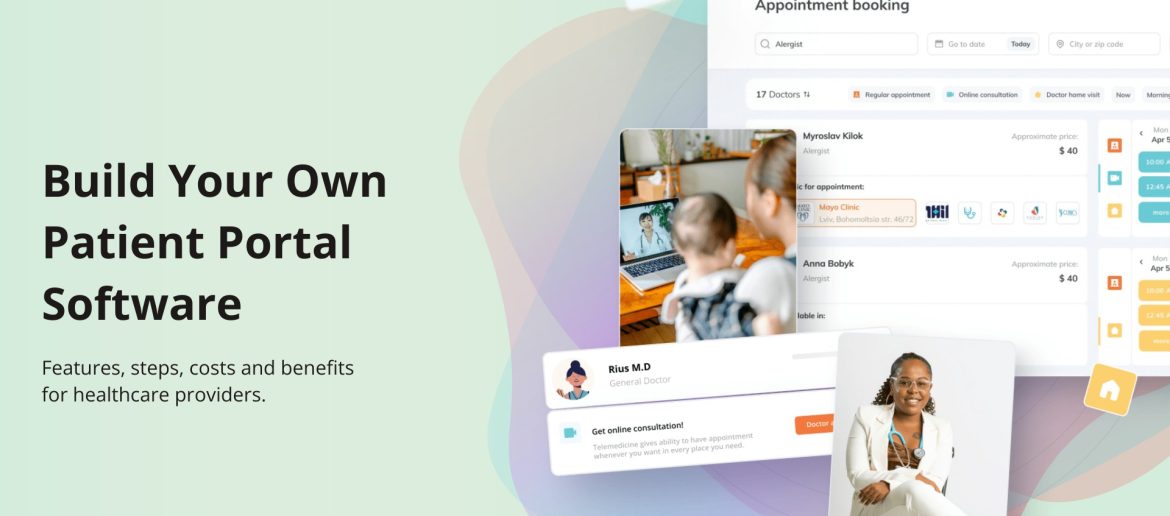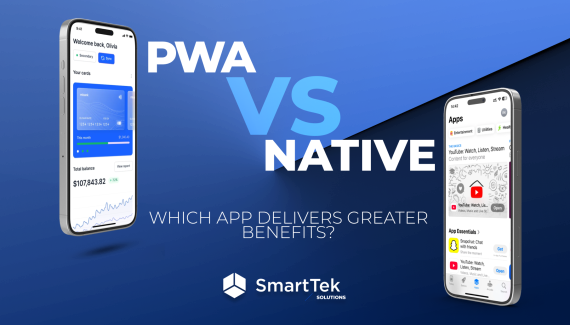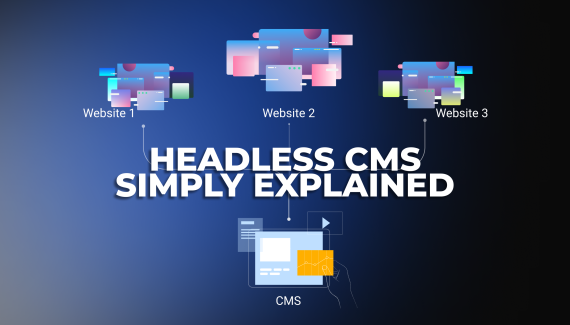Think about this statistical fact: according to the Grand Research Report, the global market for patient portals was valued at 2.9 billion USD in 2022. What’s more, predictions indicate it will grow each year by 19.44% from 2023 to 2030.
If your healthcare organization doesn’t have a patient portal in 2024, now is the perfect time to consider developing and implementing this type of software.
What can you begin with? What advantages will you and your patients get from such a decision? What are the must-have features? We’re here to sort everything out. If you are ready, let’s get started.
What is a Patient Portal? Quick Explanation
A patient portal is a protected system (mobile app or website) that provides users with convenient access to their health information and medical services. Individuals can analyze their medical records, view test results, schedule appointments, request prescription refills, communicate with their healthcare team and so much more.
There are two main types of patient portals:
Integrated Patient Portals
These are directly connected to an electronic health record (EHR) or hospital management system (HMS). People can access up-to-date information and perform various tasks related to their care.
Standalone Patient Portals
Unlike their integrated counterparts, standalone portals are not directly connected to an EHR or HMS. This type of software operates independently, which means that your staff might need to manually update or transfer all the information from your system to the portal.
Patient Portal Development Services
We help healthcare providers streamline service delivery and improve patient-physician interaction through tailored and secure patient portals.
Contact usKey Benefits of Implementing a Patient Portal in Healthcare Organizations
Be prepared to spend effort, time, and money to get it done. But don’t let that stop you. Think more about the significant benefits that a patient portal can bring to your organization and to your patients.
- Increased patient engagement. Your patients can take an active role in their healthcare management.
- 24/7 access to personal health information. People can view their health records, lab results, treatment histories, and so on.
- Improved communication. Patients can chat directly with doctors and send photos and videos, which improves the efficiency of any healthcare interaction.
- Streamlined administrative workflow. The software automates appointment scheduling, prescription refill requests, and other routine tasks. Thus, your employees have time to perform more important operations.
- Higher patient satisfaction. Make it easy for your patients to interact with a medical facility, ensure high-quality services, and you will get positive feedback and free advertising.
- Reduced no-shows and cancellations. With easy online scheduling and reminders, patients always remember their appointments.
- Better health outcomes. With an overall picture of the patient’s health, doctors can choose a treatment strategy more effectively, especially in cases of chronic diseases.
- Cost efficiency. A patient portal reduces the need for paper-based processes and minimizes time spent on phone calls and administrative tasks.
Of the healthcare organizations surveyed that reported offering a patient portal, 98 percent provided access to test results and visit summaries through the portal.
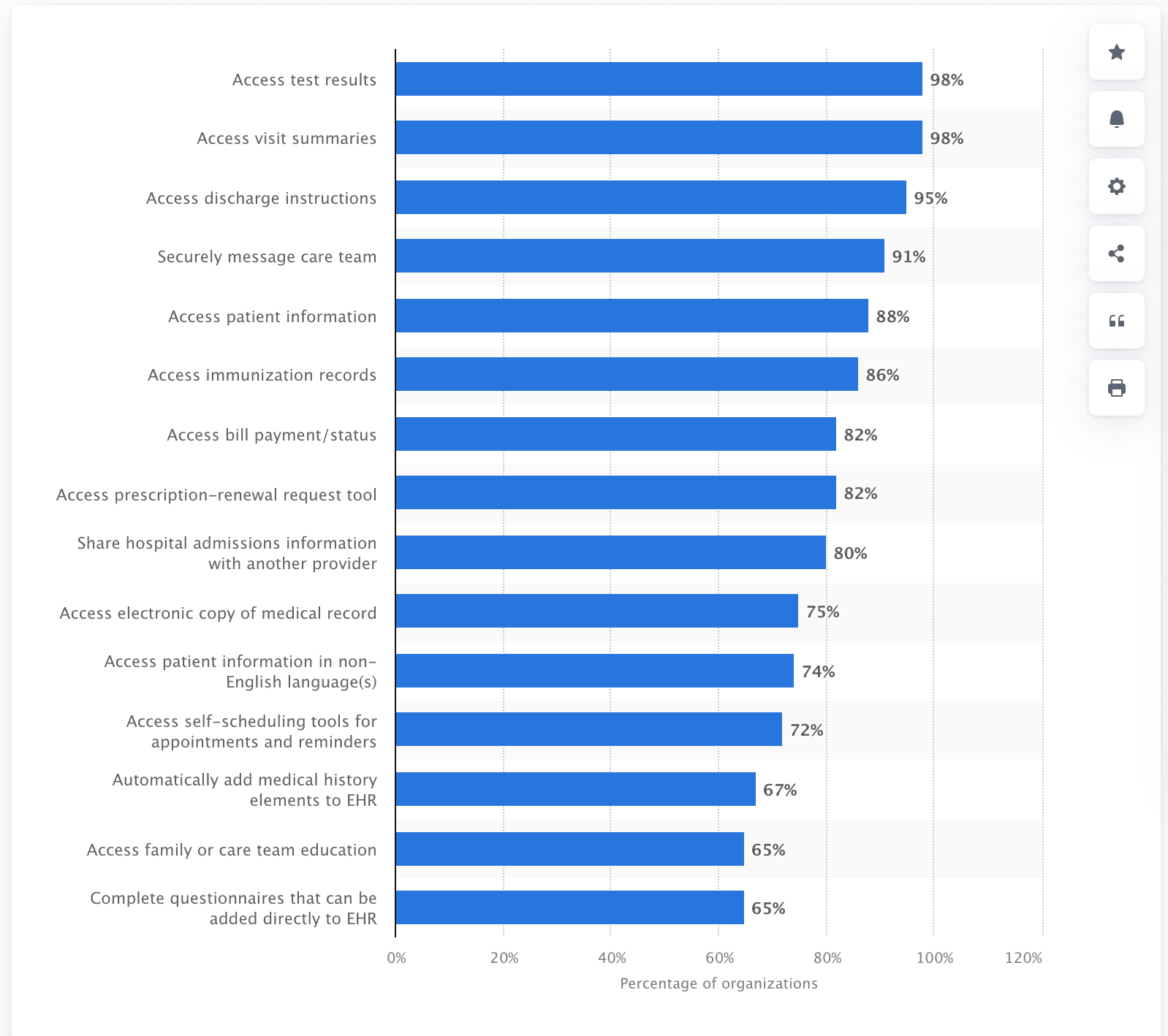
As you can see, developing a patient portal can be very beneficial for your business. In the long run, you will have an expanded customer base and well-established workflows, which will naturally lead to increased profits and reduced costs.
Patient Portal Software Features You Can Include in Your Product
Another important business advantage of patient portals not mentioned above is their modular structure. This means that you can assemble the system as a designer, choosing only those features that your business needs.
Let’s discuss the mandatory universal ones that are relevant if you are planning to build your custom patient portal software.
Registration and Authorization
Your patients’ journey in the system begins with user-friendly registration and authorization processes. The portal should offer a straightforward way for users to sign up and securely log in. At this stage, multi-factor authentication should be considered to protect sensitive health information.
Services Catalog
Another must-have for your patient portal is a detailed catalog of services. Users can browse the healthcare services available to them, from general consultations to specialized treatments.
Looking to Build a Medical Software Solution?
Implement and launch your tech idea with an experienced tech partner.
Contact usMedical Records Aggregation
It is the cornerstone of any patient portal. It provides patients with a complete view of their healthcare information. By aggregating data from multiple healthcare providers, users have a unified record at their fingertips. Simply put, both patients and physicians can see the big picture.
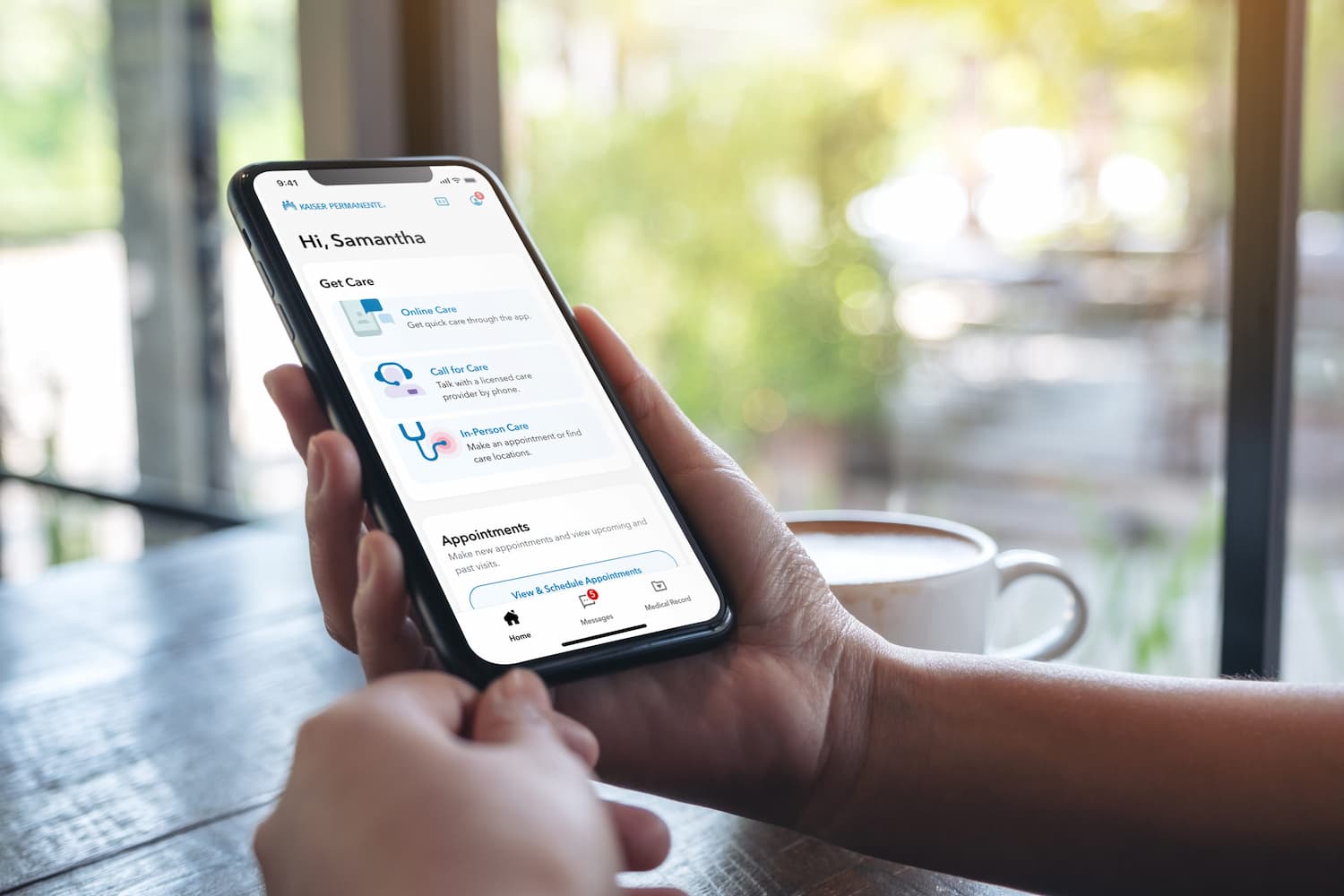
Appointment Scheduling
Gone are the days of back-and-forth phone calls. An integrated appointment scheduling system simplifies patients’ lives. They can view available slots and book appointments at their convenience. With this feature, you can reduce wait times and improve customer satisfaction.
See an example in our portfolio: How we Developed a Hospital Information System
Asynchronous Chats
This feature supports non-real-time communication between patients and healthcare providers. They can send messages to each other at any time. It’s perfect for non-urgent queries, medication clarifications, or follow-up questions. Don’t miss the opportunity to get this convenient communication channel.
AI-Driven Chatbots
Offer your patients 24/7 support through AI-driven chatbots. These bots can handle routine inquiries, symptom checking, and even triage support, directing patients to the appropriate care based on their inputs. Using AI assistants, you can reduce the burden on your medical staff.
It’s estimated that chatbots driven by AI would save healthcare organizations $3.6 billion worldwide.
National Library of Medicine
Remote Patient Monitoring
This feature is especially crucial for chronic disease management. With remote patient monitoring, healthcare providers can track vital signs and other health data in real-time, offering their patients proactive care and interventions.
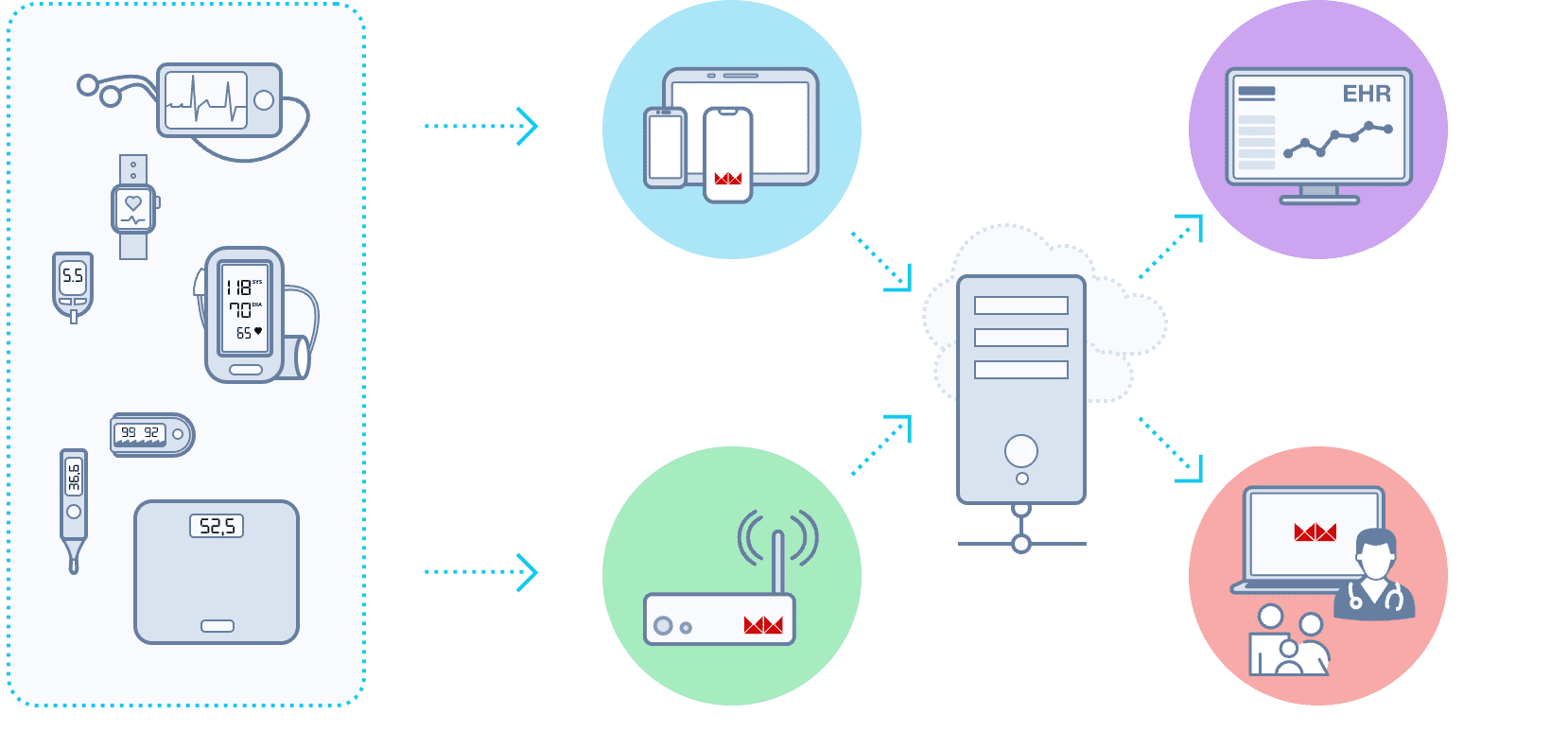
Billing and Payments
Integrating billing and payment functionalities streamlines the financial aspect of healthcare. Patients can view bills, understand their insurance benefits, make payments online, and more. This feature helps make the process transparent and hassle-free.
Notifications
Automated notifications for appointment reminders, medication refills, or important health updates keep individuals informed and engaged with their health. Be sure that your patients will not miss critical healthcare milestones.
Let’s Co-Create Your Success Story!
Our team is ready to implement your ideas. Contact us now to discuss your roadmap!
Get in touchStep-by-Step Process How to Create Custom Patient Portal Software
Creating custom patient portal software involves careful planning, execution, and ongoing management. It should meet the needs of both healthcare providers and patients. It’s time to talk about a step-by-step development process.
- Assess your needs and set goals.
- Familiarize yourself with healthcare regulations such as HIPAA in the U.S.
- Focus on creating an intuitive and user-friendly interface.
- Select the key features your portal will include.
- Choose the right technology stack.
- Begin the development process.
- Test the software for functionality, security, and user experience.
- Ensure seamless integration with existing EHRs and other health IT systems.
The patient portal development process is a complex but rewarding endeavor. The key is to remain focused on the end goal: a user-friendly, secure, and compliant platform that empowers patients and streamlines healthcare operations.
Final Words
Now you know how the patient portal works. Of course, developing such software takes time and money. But rest assured, it’s worth it. You will take your business to a new level and receive many benefits, the most important of which is satisfied patients.
Make the right decision and entrust the creation of the portal to professionals. Our experienced team is at your disposal. Contact us and we will develop the best software solution for your healthcare organization.
